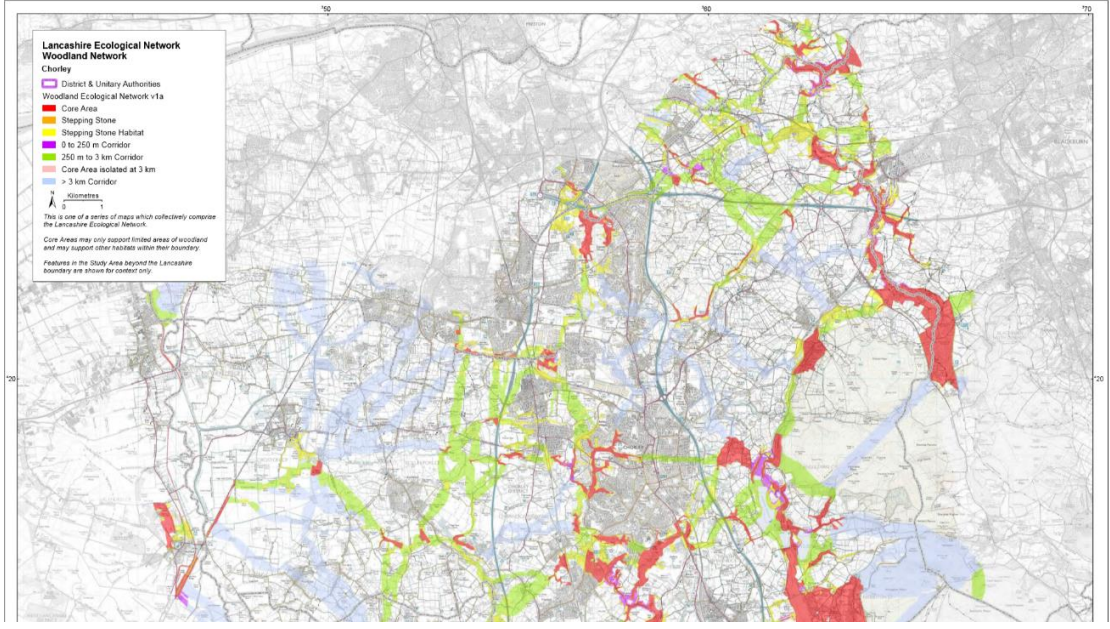Where should more trees be planted?
The location of tree planting needs to be carefully considered. For example; the soil type and hydrology dictate what tree species can to be planted. Some areas do not lead themselves to tree planting owing to overhead power lines, ecological constraints owing to important wildflower meadow, wetland or upland habitat that needs to be protected, visibility for vehicles, commercial value of the land, steep slopes for safe working, shading of ponds which need light etc. Other habitats, such as blanket bog and permeant grassland are just as, or more important at locking in carbon as trees and they need to be restored and protected from damage and loss. The wrong trees in the wrong place can cause more damage than good!
Examples of suitable locations are:- planting suitable species along the banks of a river which is invaded by Himalayan Balsam - the trees help to shade and weaken the balsam; planting back native trees grown from local seed into ancient woodlands to maintain succession where natural generation has failed, planting suitable trees in the corners of school grounds to create nature areas, planting into old quarries, industrial or landfill sites (subject to H&S checks) to create natural habitat; planting hedgerows around fenced fields and planting new orchards. The areas around Eccleston was historically important for apple orchards.
The key is to strategically plan long term tree planting locations. The map at Appendix C is a map of the Chorley borough showing ecological and natural regeneration networks for woodland. This map can be used to indicate areas for woodland conservation, management, expansion and re-creation. Similarly, there is also a map showing ecological networks for grassland for which tree planting should be avoided. Where there is an overlap, a habitat mosaic of species-rich grassland scrub and woodland would be the most appropriate.
The Central Lancashire Sustainability Appraisal (pages 116-117) further expands on the cohesive habitat theory, where green networks are identified to link existing pockets of isolated trees and scrub through urban roads and paths. This theory can provide a basis for identifying which routes, roads or sites are most beneficial for new planting schemes.
It should also be remembered that woodlands, especially ancient woodlands have the benefit of natural regeneration. Our native trees are capable of seeding and planting themselves and these are often much better for wildlife and more self-sustaining than anything planted by humans.


